
Peredvizhniki: Revolution in Russian Art of the 19th century
The Association of Traveling Art Exhibitions, often simply called “Peredvizhniki”, is a famous association of Russian artists that emerged in the second half of the 19th century and continued its activities until 1923. From an aesthetic point of view, the members of this society, also known as the Peredvizhniki, were a persistent opponent of academic artists throughout the nineteenth century. They claimed that their inspiration came from populism. This circle of artists conducted active educational activities and organized traveling exhibitions to sell their works.
History of society
Economically, the Partnership functioned on cooperative principles. In the early 1860s, Russia experienced the era of Great Reforms, including peasant, zemstvo, judicial, urban, and military reforms. All these changes modernized the state and society and gave Russia a new status after the failures in the Crimean War. An important part of the educational reform was the transformation of the Imperial Academy of Arts. In 1859, the Academy's new charter introduced a number of progressive changes. However, conservative methods in conducting the competition for the big gold medal caused conflict. A group of outstanding students, known as the "Revolt of the Fourteen," left the Academy in 1863. It was they who later founded the “St. Petersburg Circle of Artists”, and some of them joined the “Association of Traveling Art Exhibitions” in 1870.
Artel
“Artel” was the first attempt to establish an independent artists' association in Russia and served as the inspiration for the creation of the “Partnership”. The idea of uniting Moscow and St. Petersburg artists to organize traveling exhibitions was expressed in the letter from Moscow artists to their colleagues from the St. Petersburg Artel of Artists. Although Artel didn’t accept this idea, some St. Petersburg artists supported it. In September 1870, the founders of the partnership submitted a petition for approval of the charter, and on November 2, 1870, the charter was approved. The first exhibition of the “Partnership” was opened in St. Petersburg on November 29 (December 11) 1871 in the building of the Academy of Arts. Works of 16 artists were shown at this exhibition. After St. Petersburg, the exhibition was held in Moscow, Kyiv and Kharkov, where 82 works by 20 artists were presented. The exhibition was successful and became an important event in the cultural life of Russia.
Tretyakov and the Peredvizhniki
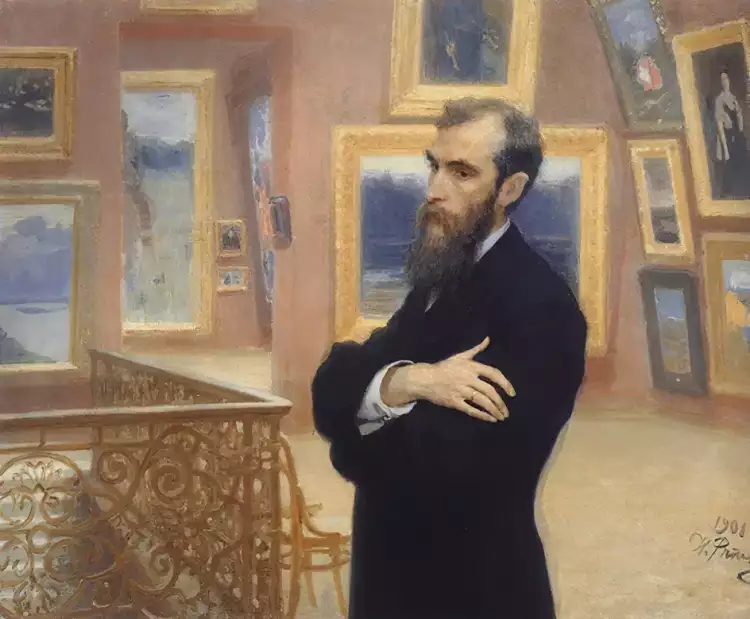 Peredvizhniki. The collector and philanthropist P. M. Tretyakov
Peredvizhniki. The collector and philanthropist P. M. Tretyakov
The collector and philanthropist P. M. Tretyakov supported the Peredvizhniki by buying their works for his gallery. Over the fifty years of its existence, the “Partnership” organized 47 traveling exhibitions and held parallel exhibitions in different cities. The heyday of activity was in the 1870s and 1880s, and many artists joined it at different times.
A special role in the formation of the Peredvizhniki and critical realism in Rus' in general was played by Vasily Perov, Alexei Savrasov, Ivan Shishkin, Ilya Repin, Nikolai Ge, Vasily Surikov, Vladimir and Konstantin Makovsky, Pavel Bryullov, and, of course, Ivan Kramskoy.
Vasily Perov, one of the founders of the movement, depicted everyday life, focusing on ordinary people. His works, such as “Seeing the dead”, “Troika”, and “Tea time in Mytishchi,” with insight and subtle psychologism, castigated the vices of society.
 Peredvizhniki. Paintings by Vasily Perov
Peredvizhniki. Paintings by Vasily Perov
Alexei Savrasov, in turn, became famous for his landscapes. His works, including “View of Moscow from the Savior on Varvarki”, “Birth of the River”, “The Rooks Have Arrived” and many others, capture the beauty and melancholy of Russian nature.
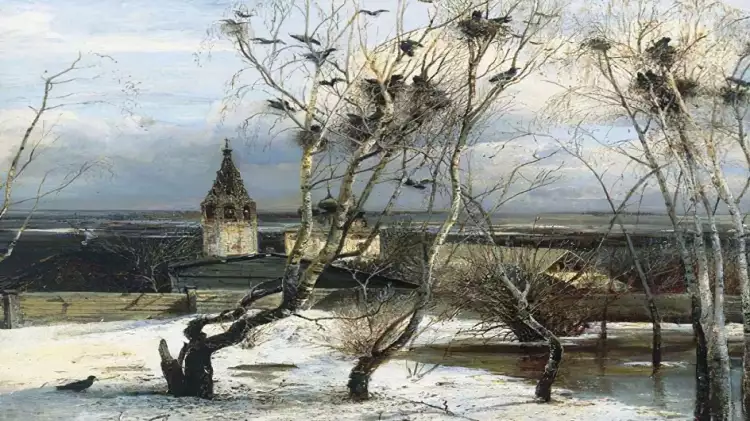 Peredvizhniki. Painting by Alexei Savrasov
Peredvizhniki. Painting by Alexei Savrasov
Ivan Shishkin is certainly one of the greatest Russian forest artists. His paintings such as “Morning in a Pine Forest”, “Oak Forest” and “Rye”, personify the harmony of human and nature.
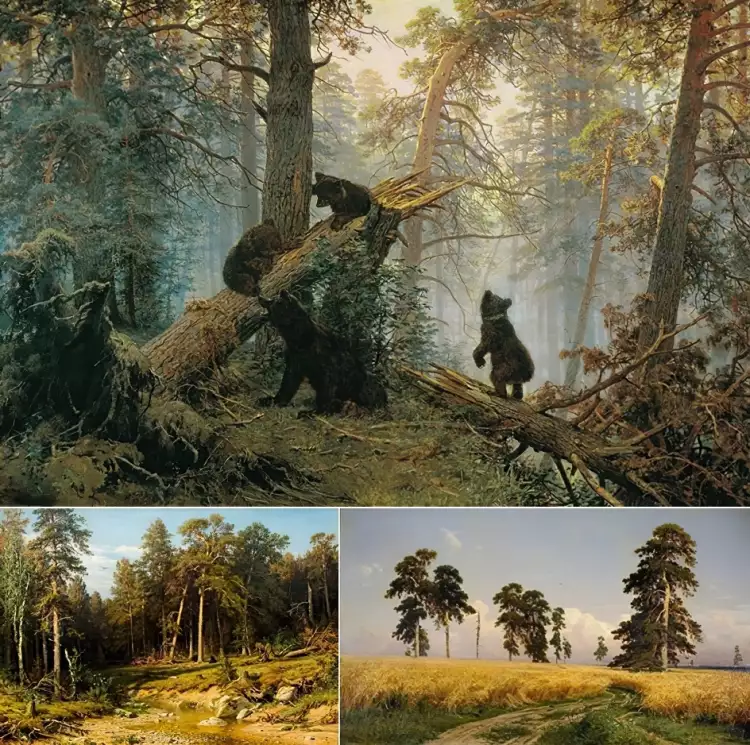 Peredvizhniki. Paintings by Ivan Shishkin
Peredvizhniki. Paintings by Ivan Shishkin
Ilya Repin, a giant of Russian painting, best known for his portrait and history paintings, created masterpieces such as “Ivan the Terrible and His Son Ivan”, “Barge Haulers" (or “Burlaki”), “Cossacks are Writing a Letter to the Turkish Sultan”. His works have phenomenal drama and plasticity.
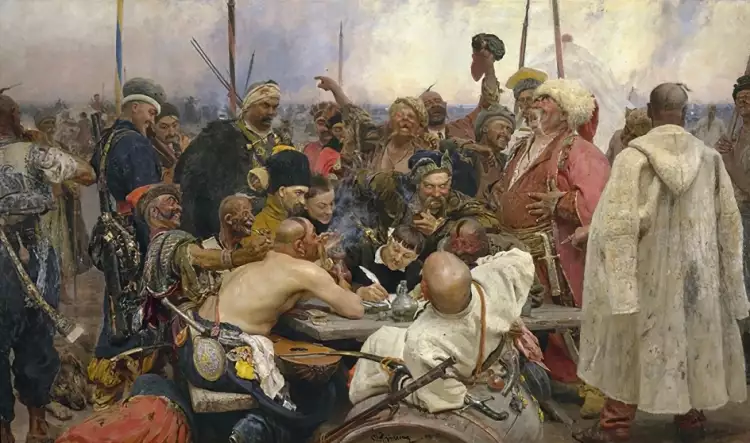 Peredvizhniki. Painting by Ilya Repin
Peredvizhniki. Painting by Ilya Repin
Nikolai Ge, a multifaceted artist, whose paintings reflect a variety of historical, religious and expressive images. Among his works we can highlight “Peter I interrogating the Tsarevich Alexei Petrovich in Peterhof”, “What is truth?”, “The Crucifixion”.
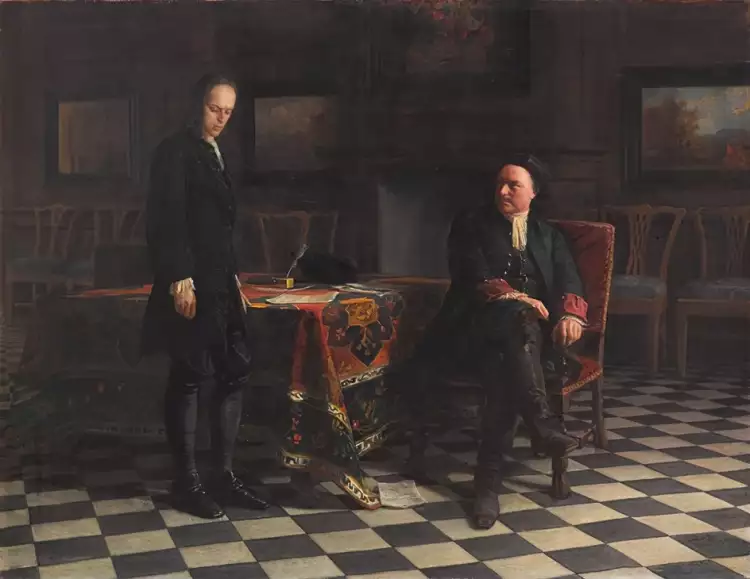 Peredvizhniki. Painting by Nikolai Ge
Peredvizhniki. Painting by Nikolai Ge
Vasily Surikov, a master of historical painting, created works that penetrate deeply into the soul. “Boyaryna Morozova”, “The Morning of Streltsy Execution”, “Suvorov Crossing the Alps”, “Taking Snow Town” take us to important moments of the history.
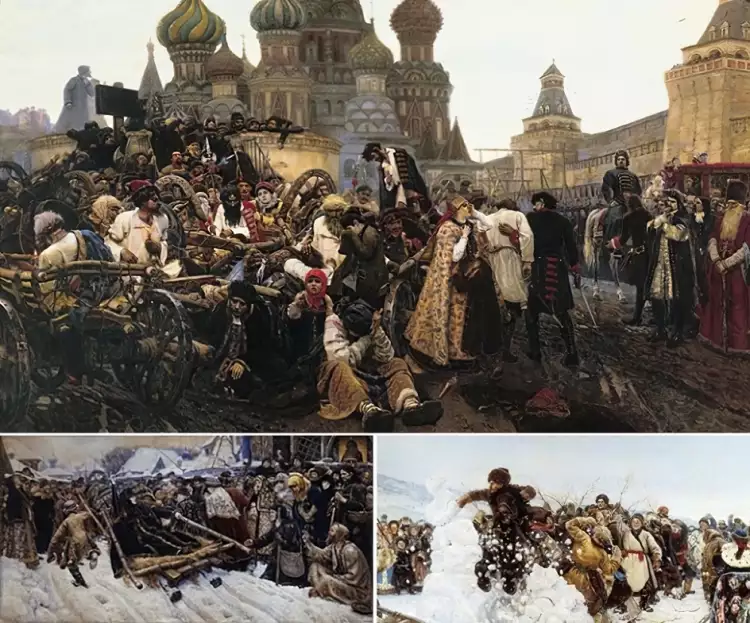 Peredvizhniki. Paintings by Vasily Surikov
Peredvizhniki. Paintings by Vasily Surikov
Isaac Levitan is a master of lyrical landscape, whose works such as “Evening over the waters”, “Golden Autumn”, “March” and “Vladimirka” convey the amazing harmony of nature.
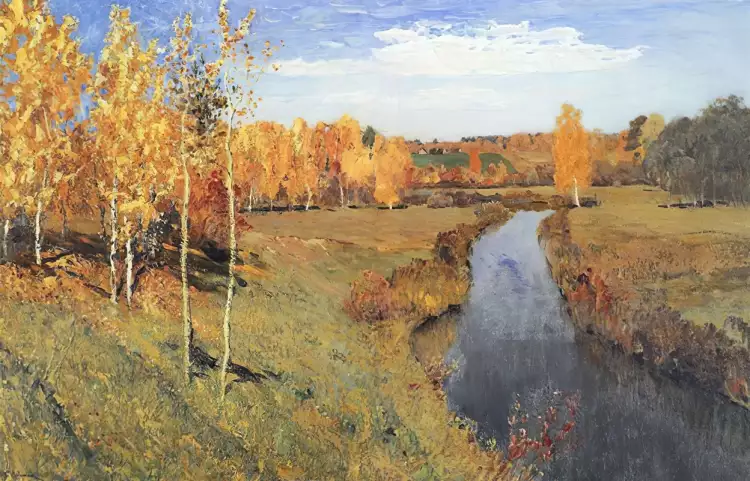 Peredvizhniki. Painting by Isaac Levitan
Peredvizhniki. Painting by Isaac Levitan
Vladimir and Konstantin Makovsky, Alexey Bogolyubov, Pavel Bryullov and Ivan Kramskoy - each of these artists contributed to the development of Russian painting. Their portraits, historical scenes and characteristic paintings became part of the national cultural heritage.
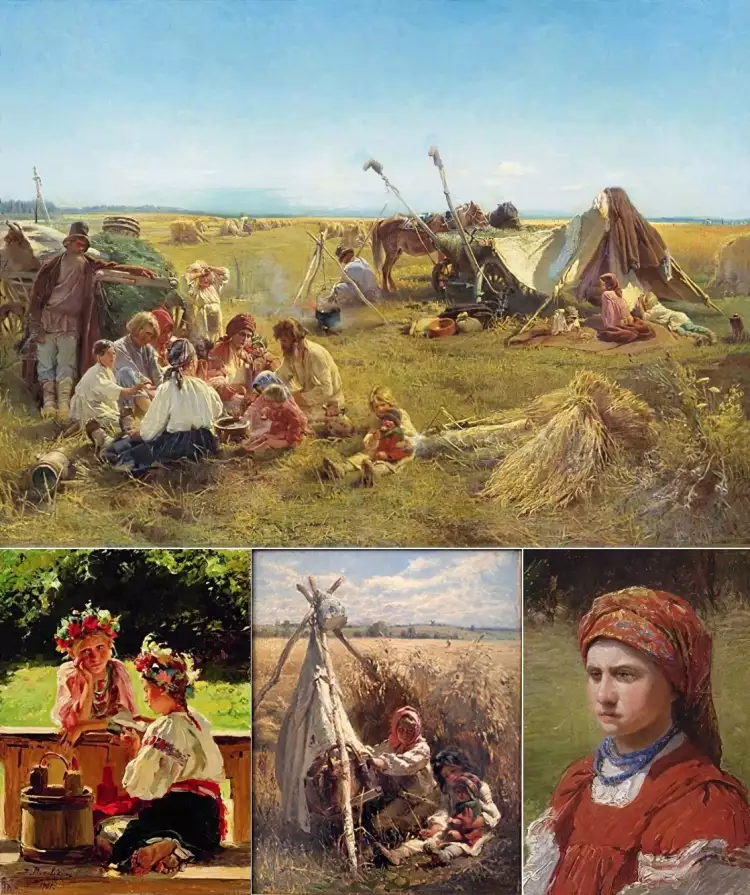 Peredvizhniki. Works by artists
Peredvizhniki. Works by artists
Pavel Aleksandrovich Bryullov
It is interesting that one of the early and active participants in traveling exhibitions was the nephew of the great Karl Bryullov - Pavel Aleksandrovich Bryullov (1840-1914).
Academician, painter, landscape and genre painter Pavel Aleksandrovich Bryullov was born in 1840 into a noble family. His father, Alexander Bryullov, was a well-known professor of architecture, and his uncle, Karl Bryullov, became a legend of Russian painting. In 1864 Pavel successfully graduated from the Academy and was appointed a “pensioner”, which gave him the opportunity to travel around Europe. This trip was an important stage in his career and inspired him to create many outstanding works.
When Pavel Bryullov returned to Russia in 1870, he began to actively exhibit his works. His paintings attracted the attention not only of spectators, but also of critics and colleagues. In 1874 he became a full member of the Imperial Academy of Arts and joined the Association of Traveling Art Exhibitions, where he was also recognized as a full member. Pavel Alexandrovich actively participated in exhibitions and was honored to become a member of the Council of the Imperial Academy of Arts. Pavel Bryullov's paintings repeatedly attracted the attention of famous people of his time.
He collaborated with the founder of the Tretyakov Gallery, Pavel Tretyakov, whose collections included works by the artist. His talent was also recognized by the imperial family and his works were acquired for the imperial collections.
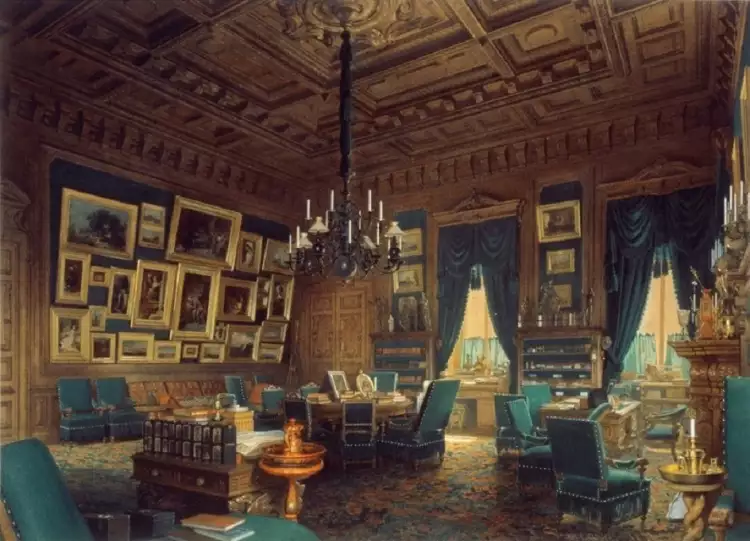 Alexander III's study in the Anichkov Palace
Alexander III's study in the Anichkov Palace
In 1890 the artist presented to the public one of his most significant works - the genre painting “Working Afternoon”.
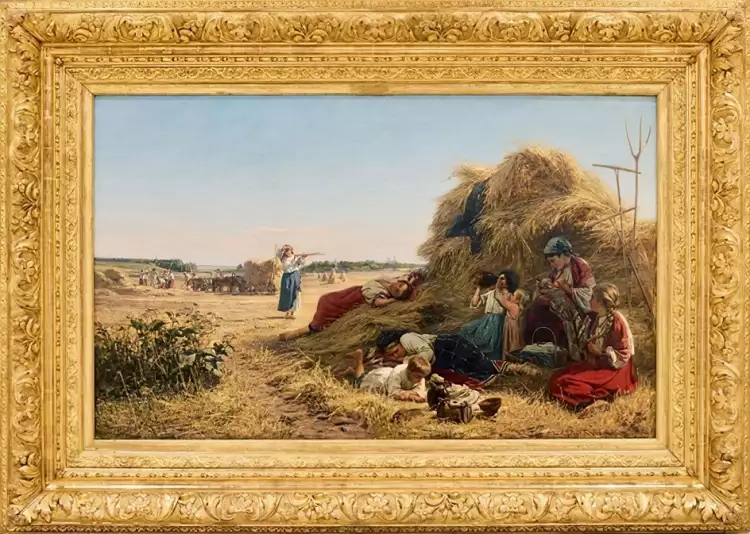 Peredvizhniki. Pavel Bryullov. Working afternoon
Peredvizhniki. Pavel Bryullov. Working afternoon
The artist depicted a wheat field in western Ukraine at harvest time. Like an open book, the work tells about the fates of the heroes, reveals their past and predicts the future. This canvas is majestic in its size, as grand as life itself. It shows the whole spectrum of peasant life, the fates of women and difficult life.
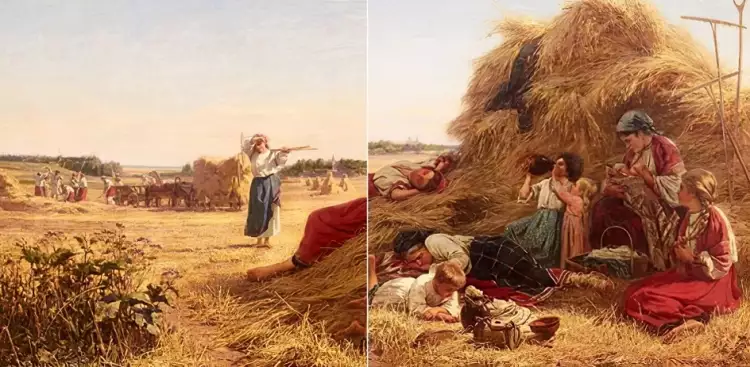 Peredvizhniki. Pavel Bryullov. Fragments of the painting Working Afternoon
Peredvizhniki. Pavel Bryullov. Fragments of the painting Working Afternoon
Pavel Bryullov has left a great legacy in the history of Russian painting. His paintings are imbued with a unique style and talent that made him one of the outstanding artists of his time.
The works of the artists who participated in the “Peredvizhniki” association at the end of the 19th century became a recognizable symbol of Russian art and gained recognition and respect throughout the world. Each of the “Peredvizhniki artists” left his mark on the history of Russia and world art, leaving us an invaluable cultural heritage that will delight and inspire future generations for centuries.
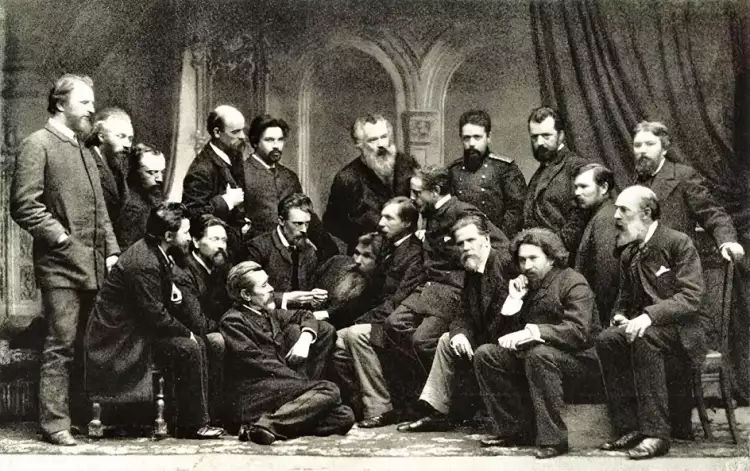
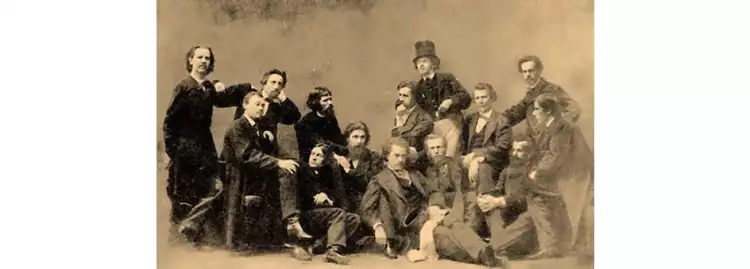
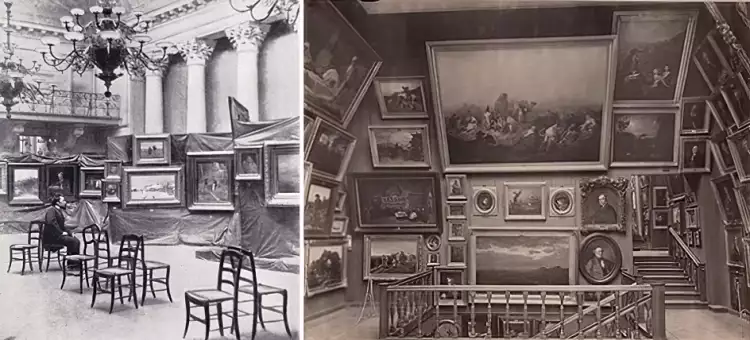

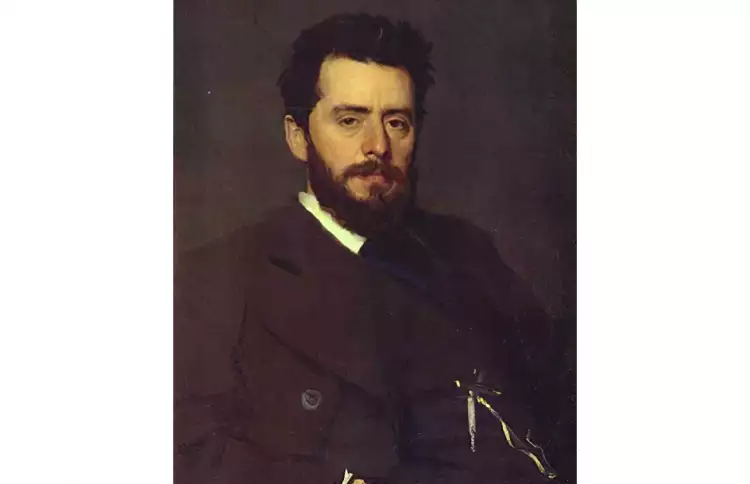
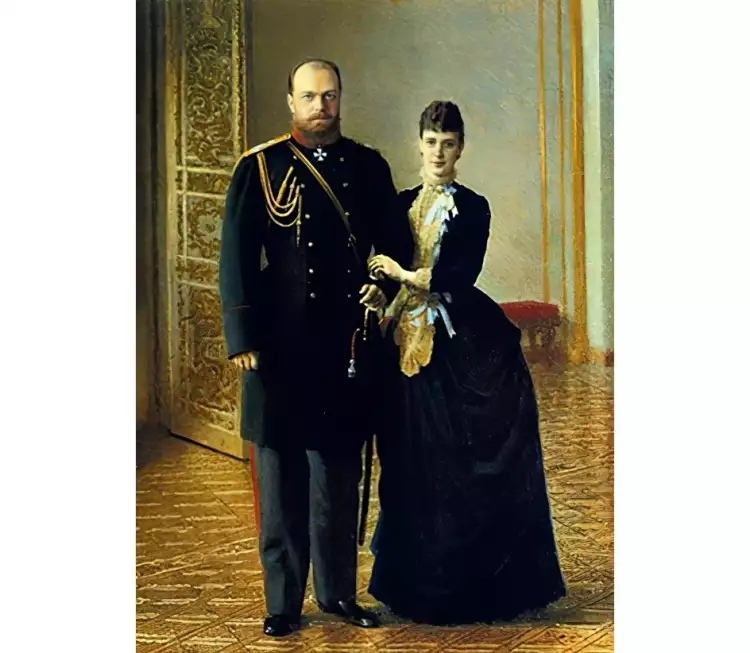
 The painting "Portrait of T. H. Shevchenko" by Ivan Kramskoy is a belief in humanity that has transcended centuries
The painting "Portrait of T. H. Shevchenko" by Ivan Kramskoy is a belief in humanity that has transcended centuries 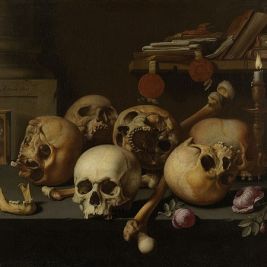 Vanitas is a genre of art that prompts the viewer to contemplate the inevitability of death
Vanitas is a genre of art that prompts the viewer to contemplate the inevitability of death 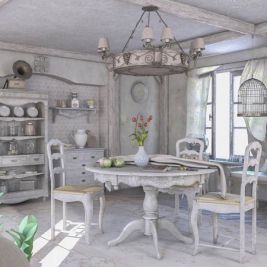 Interior design refers to the internal space of rooms: styles of decoration, classification, and characteristics
Interior design refers to the internal space of rooms: styles of decoration, classification, and characteristics  The painting "The Umbrellas" by Pierre-Auguste Renoir is a masterfully created illusion of black color
The painting "The Umbrellas" by Pierre-Auguste Renoir is a masterfully created illusion of black color 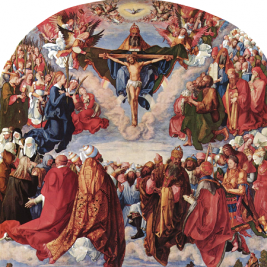 The painting "The Adoration of the Trinity" by Albrecht Dürer - The City of God through the eyes of the artist
The painting "The Adoration of the Trinity" by Albrecht Dürer - The City of God through the eyes of the artist 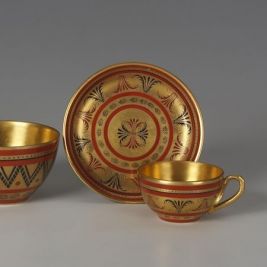 Kuznetsov porcelain
Kuznetsov porcelain  Mannerism - an elegant, pretentious, and ambiguous style of the 16th and 17th centuries
Mannerism - an elegant, pretentious, and ambiguous style of the 16th and 17th centuries 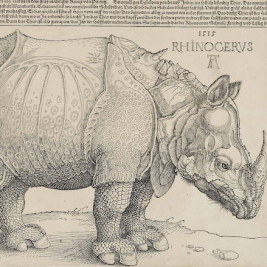 The engraving "Rhinoceros" by Albrecht Dürer - Europe's acquaintance with a curious beast
The engraving "Rhinoceros" by Albrecht Dürer - Europe's acquaintance with a curious beast 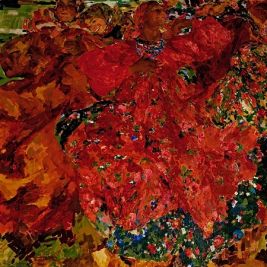 The painting " The Whirlwind" by Filipp Andreevich Malyavin is an inspiring hymn to the beauty and strength of character of Russian peasant women
The painting " The Whirlwind" by Filipp Andreevich Malyavin is an inspiring hymn to the beauty and strength of character of Russian peasant women 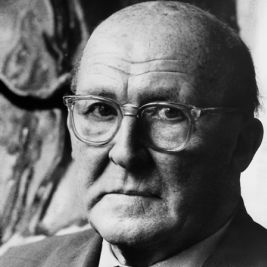 An entangled world Willi Geiger
An entangled world Willi Geiger